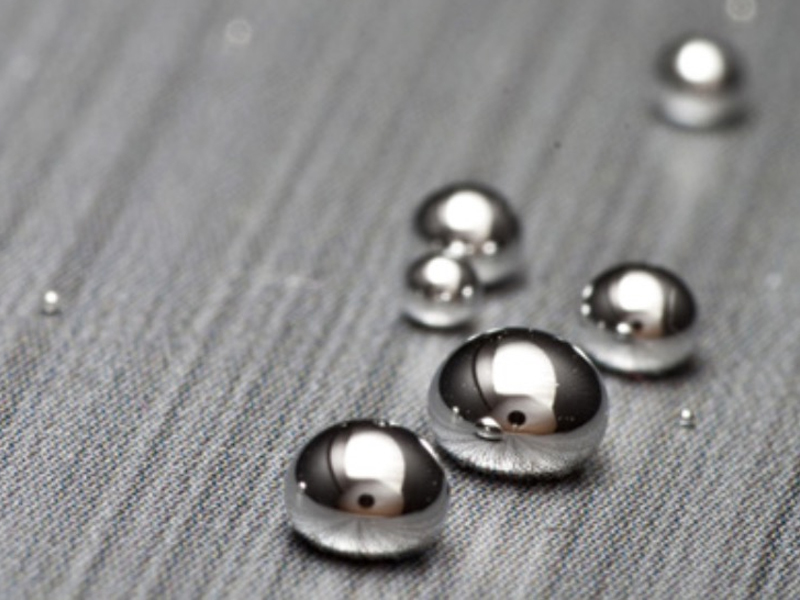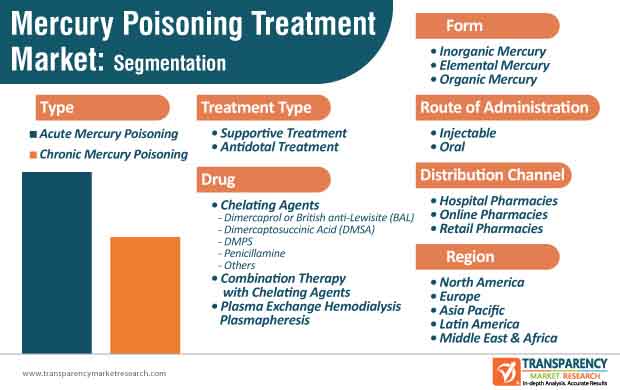

The health guidelines value for total mercury in drinking water in Australia is 0.001mg/L (Australian Drinking Water Guidelines 2011). For further information see Department of Environment - Disposal of mercury-containing lamps Australian and international limits for mercury exposure Do not vacuum up spilled mercury as it increases mercury vapour in the air. Products that contain mercury, such as thermometers, fluorescent light bulbs and older medications should be handled and disposed of carefully. The NSW Food Authority provides guidance on fish consumption. While the levels of mercury in fish caught in Australian waters are generally low, pregnant or breast-feeding women and children under the age of 6 should limit the amount of fish or seafood they eat.

Therefore, cognitive thinking, memory, attention, language, and fine motor and visual spatial skills may be affected in children who were exposed to methyl mercury while in the womb or during infancy. It adversely affects the baby's growing brain and nervous system. Foetal exposure to methyl mercury can occur from mother's consumption of contaminated fish and shellfish. Young children are more sensitive to mercury than adults. How can mercury affect children and pregnant women?
Mercury poisoning skin#
Short term exposure to high levels of metallic mercury may cause effects including lung damage, nausea, vomiting, diarrhoea, increases in blood pressure, or heart rate, skin rashes, and eye irritation.

Effects on brain functioning may result in irritability, shyness, tremors, changes in vision, or hearing and memory problems. At high doses, all forms of mercury can permanently damage the brain, kidneys and developing foetus. Metallic mercury and methyl mercury vapours are more harmful than other forms. The nervous system is very sensitive to all forms of mercury. Factors that determine whether health effects occur and their severity depends on the chemical form of mercury, dose, developmental stage of the person exposed (the foetus is most susceptible), duration and route of exposure (inhalation, ingestion or dermal contact). Exposure can also occur by people coming into contact with mercury from contaminated sites and dental amalgams.Īll humans are exposed to some level of mercury. How are people exposed to mercury?Įxposure mainly occurs through consumption of fish and shellfish contaminated with methyl mercury and by workers inhaling elemental mercury vapours during industrial processes. For example, large predatory fish are more likely to have high levels of mercury as a result of eating many smaller fish that have acquired mercury through ingestion of plankton. Methyl mercury also biomagnifies, that is, it is concentrated in the bodies of organisms that prey on those that have bioaccumulated mercury. Methyl mercury then bioaccumulates in fish and shellfish (that is, it is incorporated into the bodies of those organisms at greater concentrations than in the surroundings). Once in the environment, mercury can be transformed by bacteria into methyl mercury. Human activity is the main cause of mercury releases, particularly from coal-fired power stations residential coal burning for heating and cooking industrial processes waste incinerators and as a result of mining for mercury, gold and other metals. It is released into the environment from volcanic activity, weathering of rocks and as a result of human activity. Mercury occurs naturally in the earth's crust. These forms of mercury differ in their degree of toxicity and in their effects on the nervous, digestive and immune systems, and on lungs, kidneys, skin and eyes. It exists in various forms: elemental (or metallic), inorganic, and organic.

Mercury is a naturally occurring metal found in air, water and soil.


 0 kommentar(er)
0 kommentar(er)
